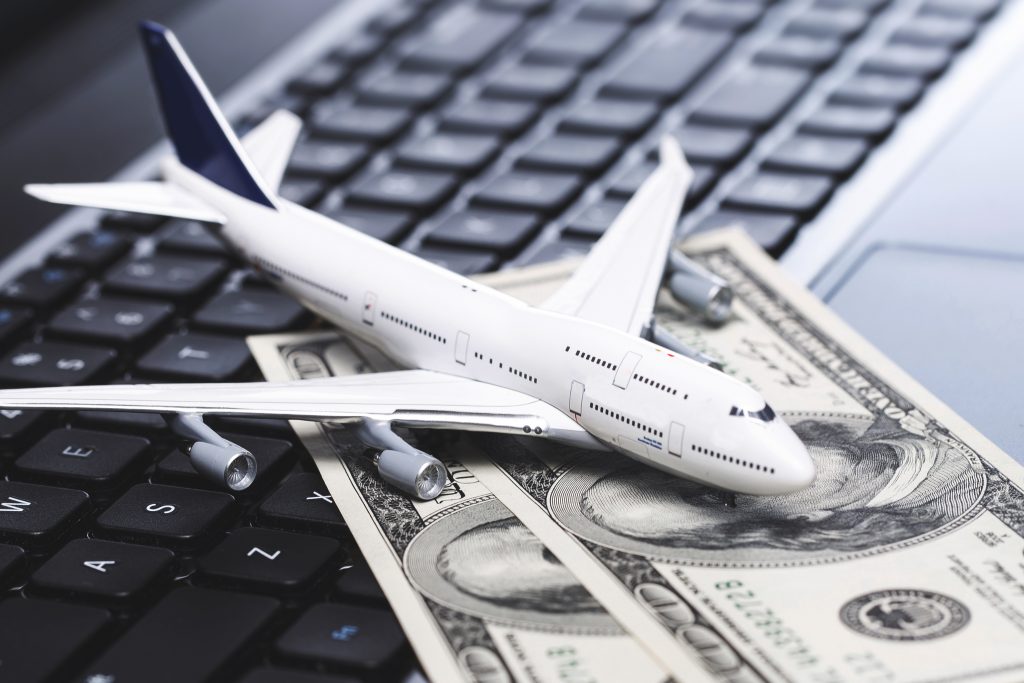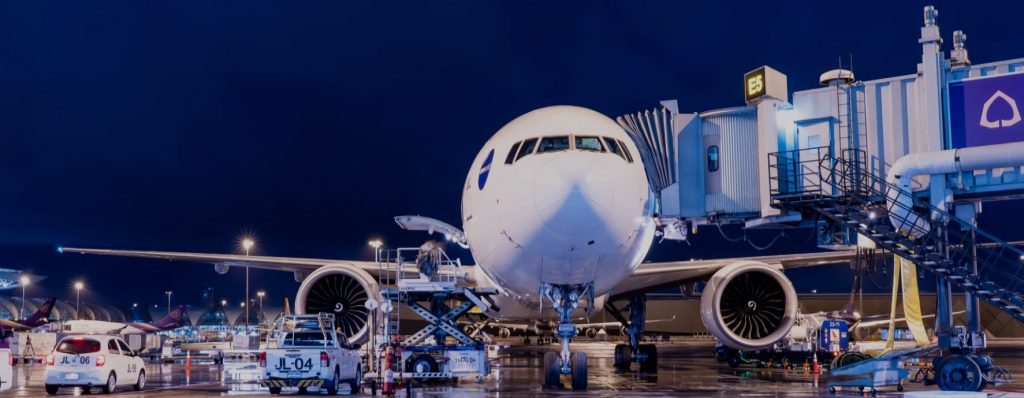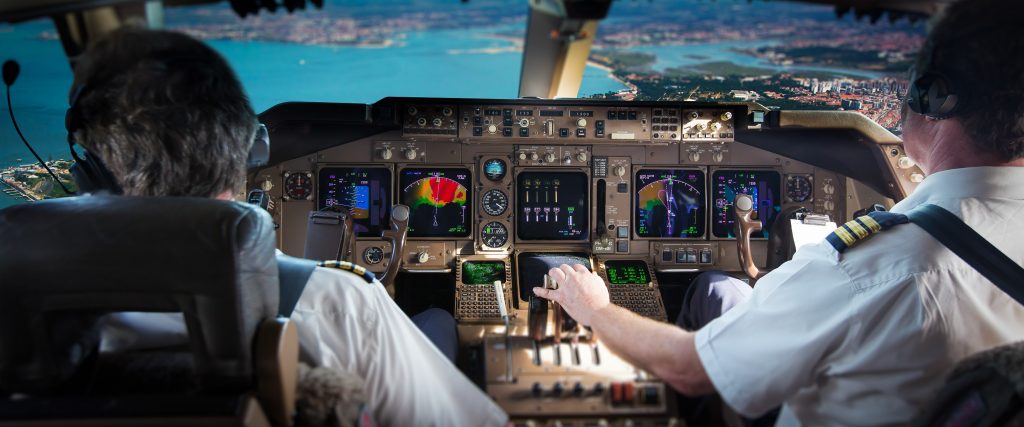The United States is one of the largest economies in the world. For many people, employment-based immigration opens the door to professional opportunities and career advancement. After all, you can get access to advanced technologies, resources, and an innovative environment in the country.
The U.S. has one of the largest aviation industries in the world. Pilots can work in various segments of the aviation industry, such as passenger aviation, cargo transportation, government services, charter airlines, and many others. This is attractive to pilots who want to learn and develop their profession.
The employment-based immigration process is quite complex, but it is one way to obtain permanent resident status (green card status) or even citizenship.
Temporary Non-Immigrant Visa
This type of visa is an important tool for foreign pilots who wish to work in the country. Such visas allow pilots to work in the U.S. for a certain period without the intention of becoming a permanent resident. Such a visa is faster and easier to obtain.
The H-1B visa is intended for people with special knowledge. If you are a highly skilled pilot with extensive experience, you may want to consider a visa to work in the U.S. This visa provides temporary employment.
To obtain an H1B visa, there must be an application from the future employer. In the USA, such a company is called Sponsor, although this may not include physical sponsorship. The airline must confirm that it is interested in the pilot by inviting him to work and providing him with all the documents. As an example, Air Wisconsin is such a company. Between 2020 and 2022, the sponsor filed 27 H1B visa labor conditions applications – https://www.myvisajobs.com/Visa-Sponsor/Air-Wisconsin-Airlines/1401422.htm
It should be noted that a temporary non-immigrant visa applies only to the pilot. Spouses and family members of these work visa holders almost automatically receive an H4 visa. These visas do not allow them to work within the US but allow them to legally live here with the main applicant.
Also, it is important that after the expiration of the temporary visa, the pilot must return to the country of residence. Usually, the visa is valid for 3 years and then can be extended for another three, but this is the maximum. After 6 years, this visa can no longer be extended.
Permanent (Immigrant) Workers
With the appropriate professional skills, you can apply for employment-based green cards. This type of visa requires an existing job offer from an employer certified by the US Department of Labor. This is called immigration through a Labor Certificate. A pilot can consider EB visas for permanent residence immigration.
For example, EB-2 visas are available to professionals with ten years of industry experience, or those whose employment is in the national interest of the U.S. When applying for this visa, it is necessary to obtain a labor certificate and have a sponsor – an inviting company. The family of an EB-2 visa holder can apply to enter the U.S. if the person has an approved Form I-140 (green card).
EB-2 NIW (national interest waiver) visas require not only being a pilot but also proving your uniqueness and usefulness for the U.S. NIW means that the US government does not require a sponsor, relying on the pilot’s unique skills to be demanded by most airlines. In this case, a sponsor is not needed, but the application process itself becomes more complex.
EB-3 visas can be obtained by pilots who have an offer of employment from a U.S. employer. This visa requires a sponsor, which is the inviting company. For example, Cape Air offers employment to foreign pilots under a Labor Certificate. The family of an EB-3 visa holder can apply to enter the U.S. using the specific forms for spouses or children listed here, provided the person has an approved Form I-140 (green card application).
On the positive side, obtaining an immigrant visa for permanent workers allows you to obtain the status of a permanent resident of the U.S., which ensures stability and permanence of residence in the country. Plus, as a permanent resident, a pilot can change jobs and move into other industries or climb the career path in the aviation field.
If you are a pilot who wants professional and personal development as part of job placement, be sure to consider employment-based immigration to the U.S.
Preparation for employment
If you are a foreign pilot considering relocation and immigration to the United States, you should consider converting your national pilot license to an FAA license or obtaining an FAA license from scratch. Here at SkyEagle Aviation Academy, we can assist you with the validation of your current license to FAA standards or with initial training from zero to ATP. Adding an FAA license to your national pilot license will increase your chances of winning your immigration case. Contact our office if you have any questions regarding the validation process.






